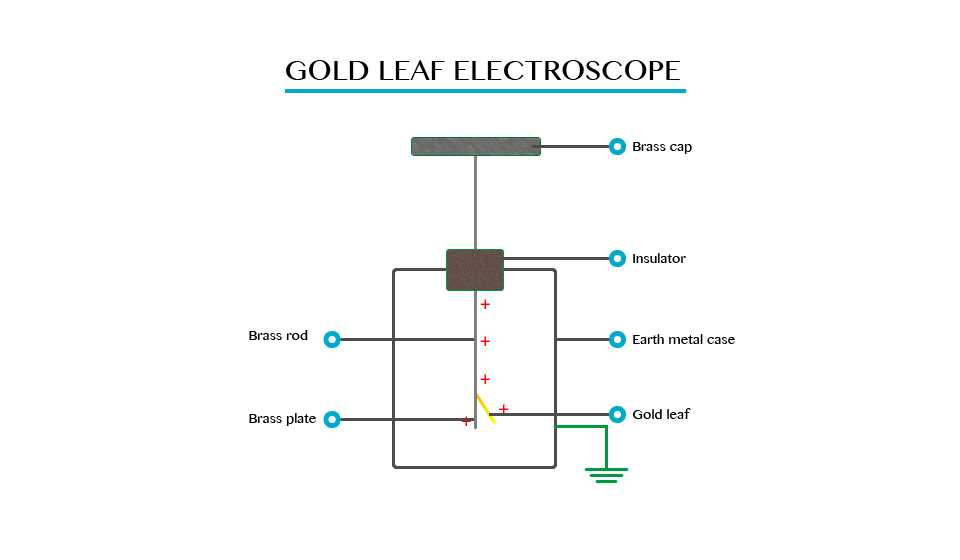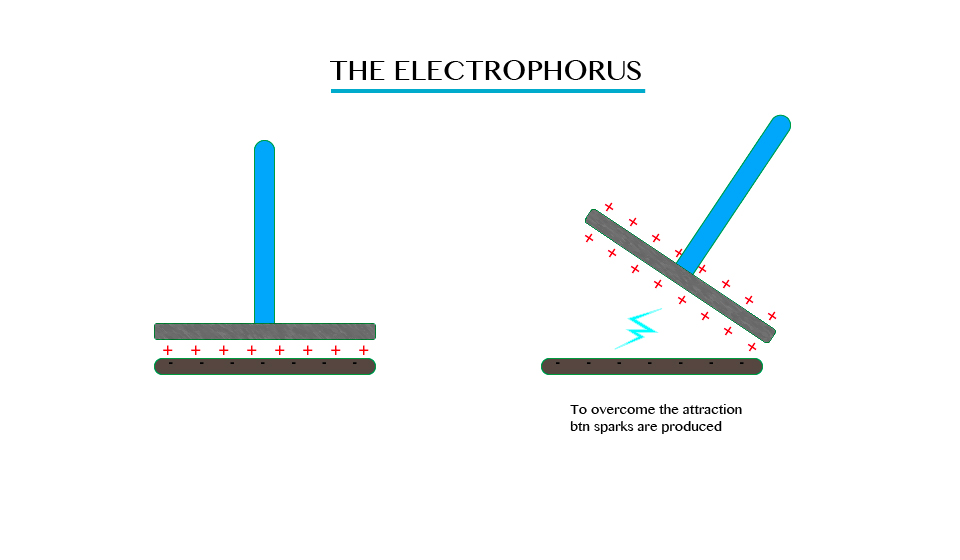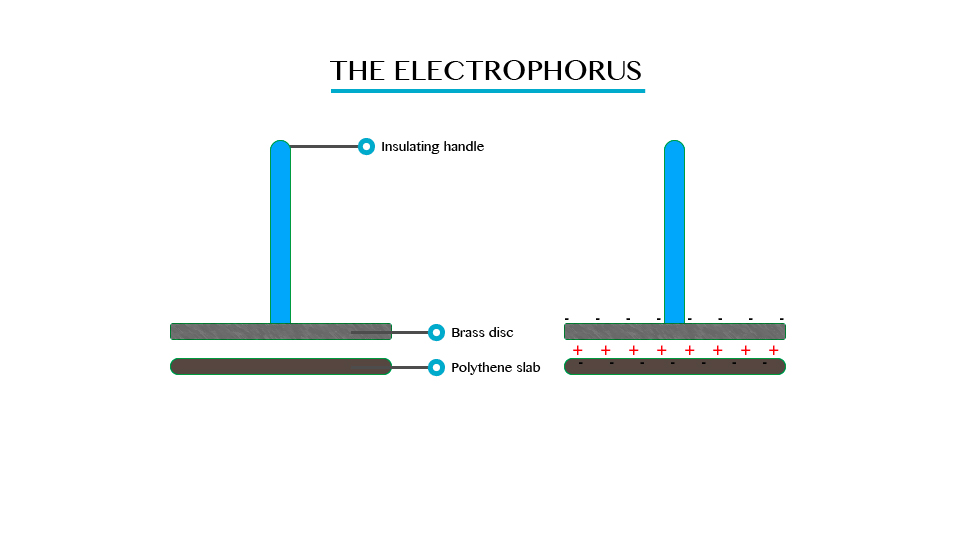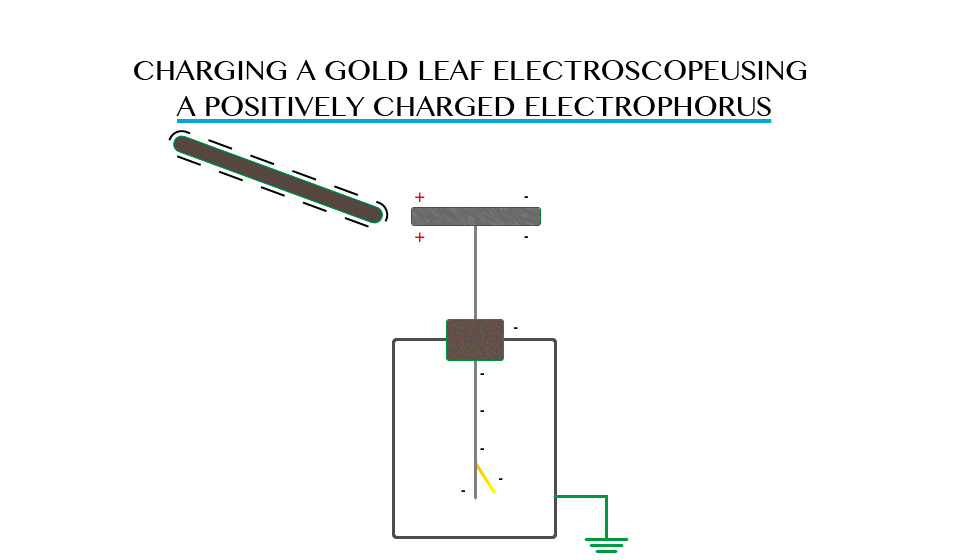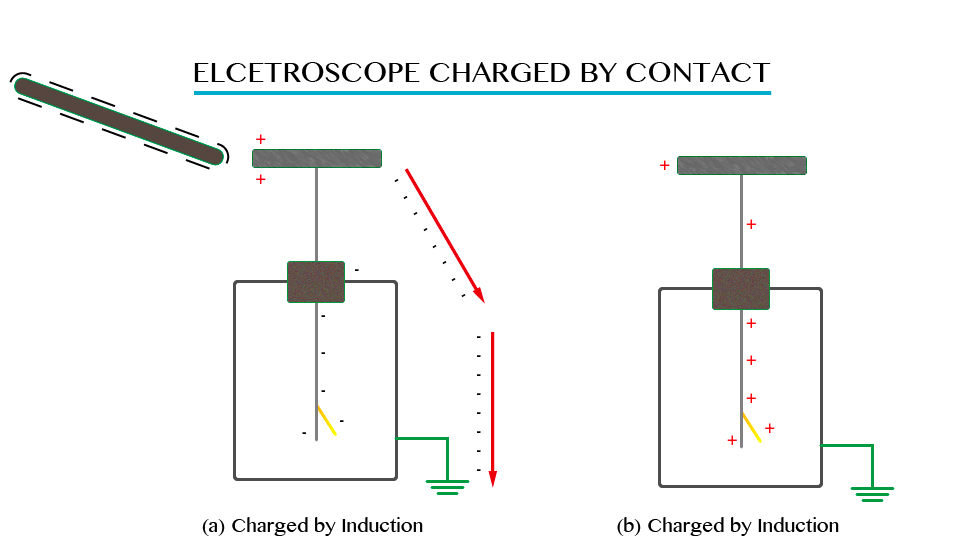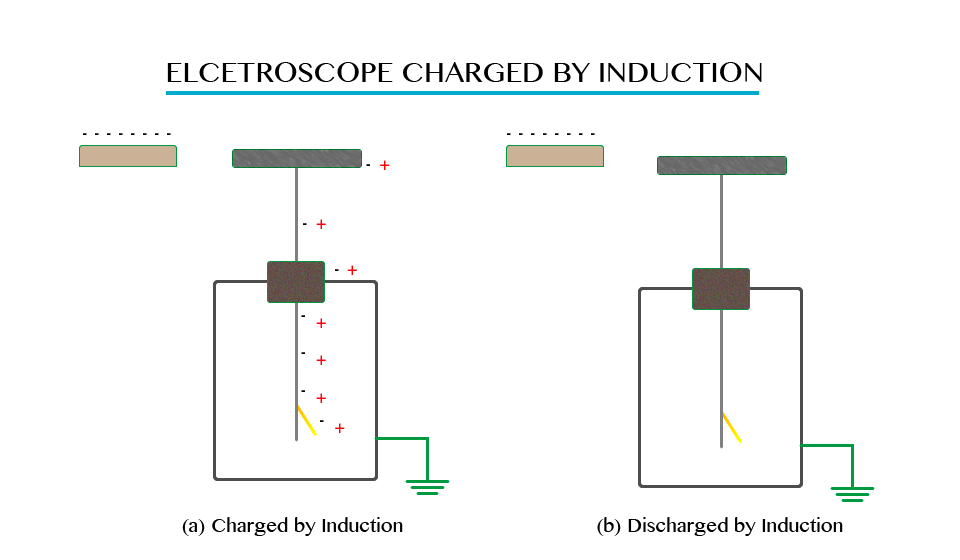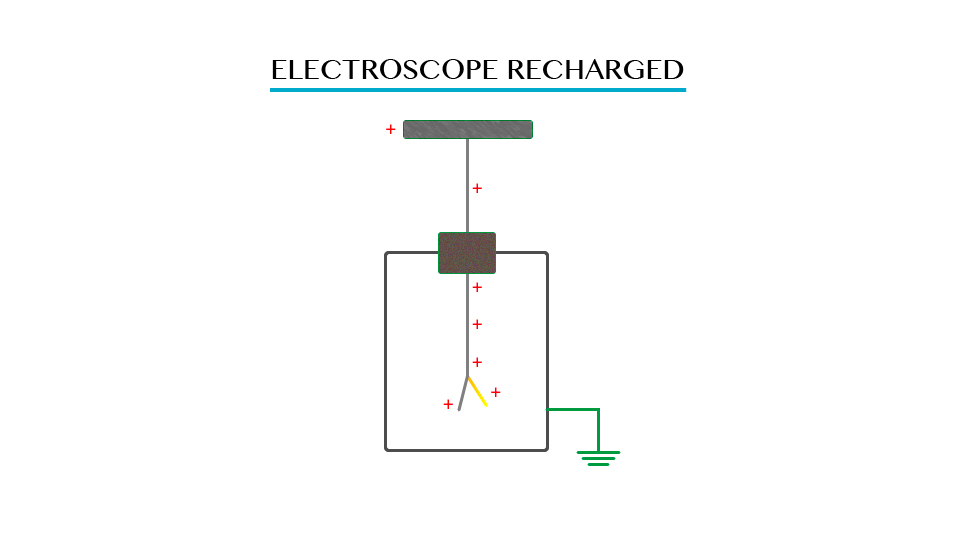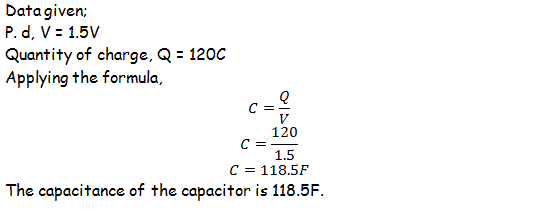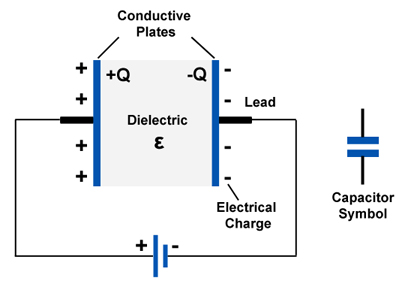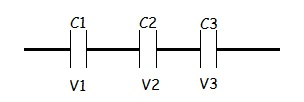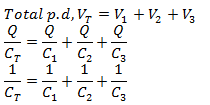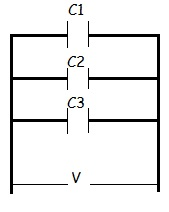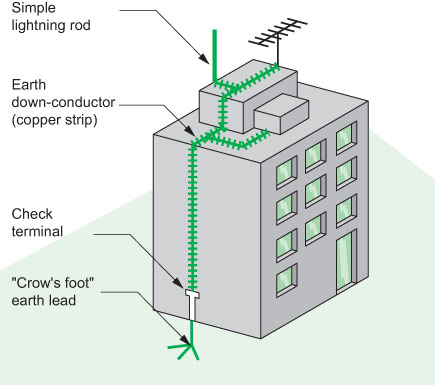JOIN US WHATSAPP
CLICK HERE
JOIN US TELEGRAM
CLICK HERE
TOPIC 1: STATIC ELECTRICITY


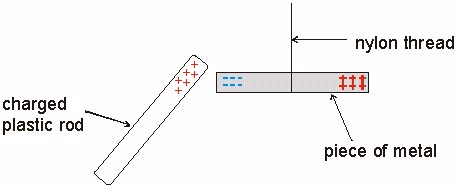

Concept of Static Electricity
The Concept of Static Electricity
Explain the concept of static electricity
Static electricity refers to the accumulation of electric charges on the surface of an object. These charges are in a stationary state (at rest). The study of electric chargers at rest is known as electrostatics. It studies about the charges at stationary state. These charges can be moved away from the object y means of electric current when connected to the circuit.
The Orign of Charges
Explain the origin of charges
The knowledge of static electricity came as early as the 6th century BC (600 BC). It was first discovered by the Greek ancients who rubbed amber and observed that it was able to carry attract dusts and leaves. During those times they believed that there are charges which make two things repel or attract each other.
Therefore, people knew about charges as result of rubbing process between two objects or materials.
When a piece of amber, plastic, polythene, or hard rubber is rubbed with fur, electrons are transferred from fur to the other material. Fur acquires net positive charge, since it has fewer electrons than protons. Similarly, the amber, plastic, or hard rubber acquires a net negative charge since they have excess electrons.
Combing hair charges the plastic comb by transferring charges from hair onto it. If placed near small pieces of paper, the plastic comb will attract the pieces of paper. This is because the comb has been charge with negative charges.
Rubbing glass (perspex) with silk causes the glass to acquire a net positive charge.
The two Types of Charges
Identify the two types of charges
There are two types of charges; –
- Positive charges – they are protons in nature and originate from the nucleus of an atom. A positive charge is represented by the ‘+’ sign. It has charge of +1.6 x 10-19 C.
- Negative charges – they are electrons in nature and they move around the nucleus of an atom in shells. Electrons are lighter compared to protons. Electron charge is represented by the ‘-‘sign. It has a charge of -1.6 x 10-19.
Identification of charge
Suspend a polythene rod A rubbed with fur. Bring another polythene rod B rubbed with fur up to the rod A. Take a plastic rod and rub it with fur. Bring the plastic rod to up to the suspended rod A. Repeat the exercise with acetate and glass rod rubbed with silk cloth.
Observation
An electrified polythene rod repels another electrified polythene rod. An acetate rod rubbed with silk repels another acetate rod rubbed with silk cloth but it attracts a plastic rod rubbed with fur.
Explanations
Polythene and plastic when rubbed with fur becomes electrified with the same kind of electricity known as negative electricity (charge).
Acetate and glass when rubbed with silk cloth becomes electrified with the same kind of electricity called positive electricity(charge).
Charging is the process of electrifying a body.
A positively charged body carries positive charges and a negatively charged body carries negative charges.The symbols used for positive and negative charges are + and – respectively.
The Fundamental Law of Static Electricity
State the fundamental law of static electricity
The Fundamental law of electrostatic charges states that:“Like charges repel each other while unlike charges attract each other”
That means, a positive charge will attract a negative charge but two positive charges or two negative charges cannot attract rather repel.

Charging Bodies Using Different Methods
Charge bodies using different methods
In order to understand the process of charging we have to understand the structure of bodies or things. All bodies are made up of extremely small, indestructible bits of matter called atoms.
An atom consists of a nucleus surrounded by electrons. The nucleus consists of proton and neutron.The protons are positively charged while electrons are negatively charged and the neutrons are neutral.
The whole atom is electrically neutral because it contain equal number of protons and electrons.
The following are the methods of charging;
- Rubbing
- Induction
- Contact
Charging by rubbing
A polythene rod rubbed with fur becomes negatively charged.Rubbing results in the transfer of electrons from fur to the polythene rod.
Fur becomes positively charged because some of its electrons are transferred to the polythene rod.The polythene gains excess electrons and hence it becomes negatively charged.

Note:It is only the electrons in matter which can be transferred by rubbing.
Charging by induction
A charged polythene rod is held near uncharged copper rod suspended from a cotton thread.

The electrons of the copper rod are repelled by the negatively charged polythene rod.Hence the electrons move to the far side of the copper leaving behind a net positive charge on the side facing the polythene rod.
Touch the copper rod with your finger when the charged rod is still in position. The electrons from copper rod flow through your body to the earth. Leaving it with a net positive charge. Remove the finger from the copper rod and finally remove the charged polythene rod.
The rod has therefore been positively charged by electrostatic induction.The charges that appear on the copper rod are called induced charges.
Charging by contact
A charged body (e. g; positively charged metal can) is brought in contact with uncharged body B. When in contact, negative charges from the uncharged body are attracted by the positive charges of the metal can. Finally, the body B will remain with a net positive charge. Therefore, body B has been charged with positive charges.

Detection of Charges
Conductors and Insulators
Capacitors
Charge Distribution Along the Surface of a Conductor
Lightning Conductor



